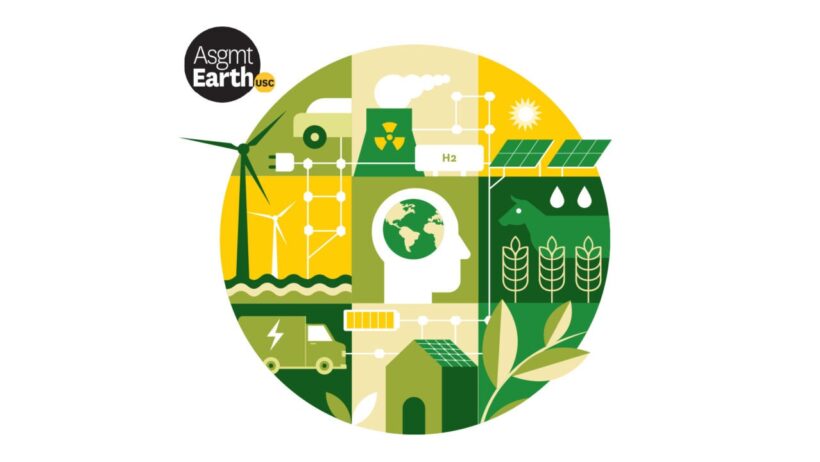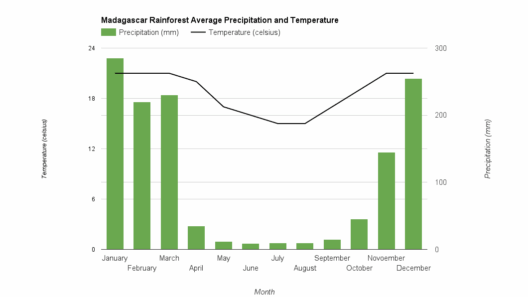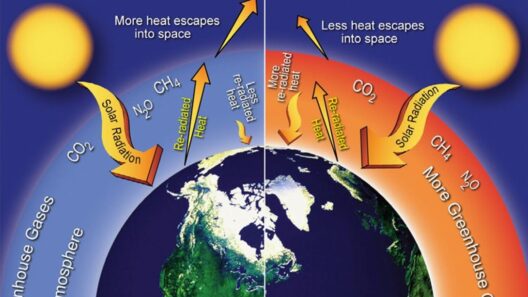The specter of climate change looms larger than ever, demanding both urgent action and thoughtful consideration. As the global community grapples with the reality of environmental degradation, it is imperative to explore holistic and pragmatic solutions. What can be done about climate change? Herein lies a compendium of strategies poised to engender the sustainable future we desperately need.
1. Transitioning to Renewable Energy
One of the most formidable shifts necessary in combating climate change involves a transition from fossil fuels to renewable energy sources. Solar, wind, geothermal, and hydroelectric power present viable alternatives that are inexhaustible. Investments should be made to enhance infrastructure and technology that harness these resources. The proliferation of solar panels on residential and commercial rooftops alone could significantly reduce carbon footprints, while offshore wind farms hold the potential to generate substantial amounts of energy. Moreover, innovations in battery technology must be prioritized to address storage challenges that currently limit the efficacy of renewable sources.
2. Enhancing Energy Efficiency
In addition to generating cleaner energy, improving energy efficiency across various sectors is crucial. This can encompass everything from retrofitting old buildings with insulation and energy-efficient windows to employing smart technology in homes that reduces electricity consumption. Industries, too, can adopt measures such as optimizing manufacturing processes and utilizing energy-efficient machinery. Furthermore, stringent regulations and incentives can accelerate this transition, encouraging both businesses and consumers to prioritize energy conservation.
3. Embracing Sustainable Transportation
The transportation sector is a significant contributor to carbon emissions. Transitioning to electric and hybrid vehicles is essential to mitigate this impact. The establishment of robust charging infrastructure is critical to supporting this shift. However, promoting public transportation, walking, and cycling can also offer profound benefits. Developing urban areas that prioritize pedestrian and bike-friendly lanes facilitates reduced reliance on personal vehicles. Moreover, legislative measures to promote carpooling and electric fleets for public transport can catalyze monumental change.
4. Regenerative Agriculture
The agricultural sector plays a dual role in climate change; it is both a significant emitter of greenhouse gases and a potential ally in sequestering carbon. Regenerative agriculture practices, which include crop rotation, cover cropping, and agroforestry, enhance soil quality and sequester carbon. By promoting biodiversity and reducing reliance on chemical fertilizers, regenerative practices offer a path toward a more sustainable food system. Moreover, supporting local farmers and incentivizing sustainable practices can create a more resilient agricultural community.
5. Forest Conservation and Reforestation
Forests serve as carbon sinks, absorbing vast amounts of CO2 from the atmosphere. However, deforestation has reached alarming rates. Protecting existing forests and promoting reforestation projects can effectively contribute to carbon reduction. Policies aimed at preserving natural habitats and creating protected areas must be implemented. Additionally, community engagement in tree-planting initiatives can foster a sense of stewardship and responsibility toward the environment.
6. Promoting Circular Economy
A paradigm shift from a linear economy of “take, make, dispose” to a circular economy is critical for a sustainable future. This model emphasizes reusing, recycling, and repurposing materials to minimize waste and maximize resource efficiency. Businesses can adopt sustainable design principles that prioritize durability and repairability, thereby extending product lifespans. Governments can provide incentives for companies that embrace circular practices, ensuring a more sustainable pathway forward.
7. Climate Education and Advocacy
Empowering individuals with knowledge about climate change and its consequences is paramount. Climate education in schools and communities can inspire the next generation to adopt sustainable practices. Additionally, advocacy for policy changes at local, national, and global levels is vital. Engaging civil society in discussions about climate policies encourages accountability and motivates action. Furthermore, social media platforms can serve as powerful tools for raising awareness and mobilizing support for climate initiatives.
8. Supporting Climate Resilience and Adaptation
While mitigating climate change is crucial, adapting to its inevitable impacts is equally important. Communities must invest in resilient infrastructure capable of withstanding extreme weather events. Urban planning should prioritize green spaces and natural buffers that can absorb floodwaters and reduce heat islands. Moreover, integrating indigenous knowledge and practices into modern adaptation strategies can provide invaluable insights for sustainable living.
9. Leveraging Technology and Innovation
Technological advancements can serve as potent allies against climate change. Carbon capture and storage (CCS) technology, for instance, holds promise in mitigating emissions from industrial sources. Simultaneously, advancements in artificial intelligence can optimize energy consumption and improve supply chain efficiencies across industries. Governments should support research and development in green technologies, creating an ecosystem that encourages innovation in sustainability.
Conclusion: A Collective Responsibility
Addressing climate change requires a symbiotic approach, wherein individuals, businesses, governments, and non-profits collaborate to forge a sustainable future. The multitude of solutions presented herein underscores the need for transformative action and a paradigm shift in how we perceive our relationship with the environment. Climate change, while daunting, is a call to action; a beckoning invitation to innovate, collaborate, and engage in a concerted effort to ensure a habitable planet for future generations.







